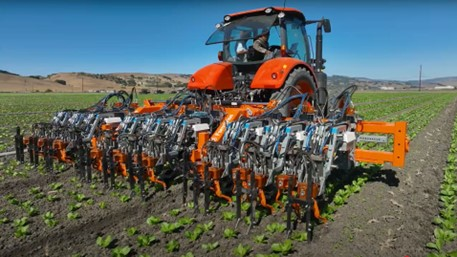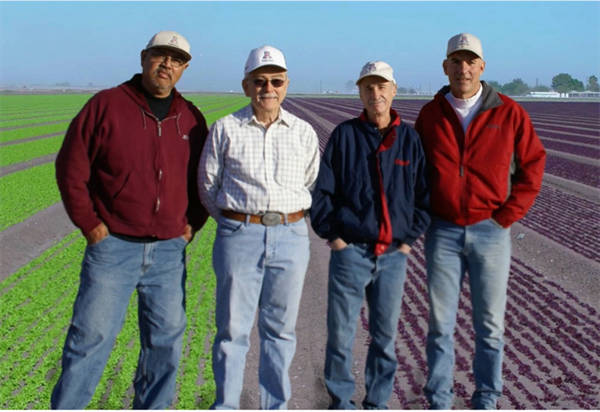-
Jul 24, 2019Management Guidelines for Whiteflies and CYSDV on Fall Melons
Preparations for fall melons has started and planting will be underway in a few weeks. Growers and PCAs are well aware of Cucurbit Yellow Stunting Disorder Virus (CYSDV) and the impact it has on fall melons. This whitefly transmitted crinivirus was first identified on desert melons in the 2006 where widespread infections on cantaloupes, honeydews and other melons occurred. CYSDV can cause significant losses in melon fruit yield and quality, and without question, desert melon crops have been seriously affected by this virus. Melon IPM programs have also been impacted the virus where insecticide usage on fall melons has increased significantly. However, in the past two fall growing seasons, whitefly populations have been lighter than normal, and CYSDV incidence on fall melons was the lowest we’ve recorded on melons since the virus as first reported in Yuma (see graphs below). Thus far, whitefly numbers this spring and summer have been relatively light compared to previous years. Although, the incidence of CYSDV was generally light on spring melons, it was still present in some fields. How these low numbers translate into virus incidence on the fall melon crop is unknown? Regardless, experience suggests that growers should anticipate CYSDV to be present. Further, given the aggressive management programs that PCAs and growers are now using, it will be interesting to see how CYSDV impacts melon production this fall.
We have been studying the epidemiology of CYSDV for over 10 years to understand the complex relationships between the virus, vector and our local cropping system. Our goal is to develop practical approaches for reducing CYSDV impact on fall melon production. In addition, we continue to develop new information on chemical control of the whitefly vector. Our research to date suggests that fall melons produced near cotton or near areas where spring melons were recently produced are at the highest risk of infection. When possible, growers should attempt to isolate fall melon plantings as far away as possible from these sources of whiteflies and CYSDV. Growers forced to plant fall melons near these crops should be vigilant in minimizing adult whitefly infestation levels with insecticides during pre-bloom growth stages. Furthermore, two new insecticides, PQZ and Sefina, were registered for use on Arizona melons in 2019. Both of these compounds are feeding disruptors with a high degree of bee safety, and based on local research will provide excellent adult knockdown and CYSDV suppression when used in a management program. To view a summary of the status of CYSDV in Yuma County and guidelines for management visit 2019 Guidelines for Whitefly and CYSDV Management on Fall Melons. We’ll be tracking both whiteflies and CYSDV incidence again in 2019. To learn more about PQZ and Sefina visit New Insecticide Chemistries for Desert Produce and Melon Crops.
Can you Name the PEST below?

 To contact John Palumbo go to: jpalumbo@ag.Arizona.edu
To contact John Palumbo go to: jpalumbo@ag.Arizona.edu



















